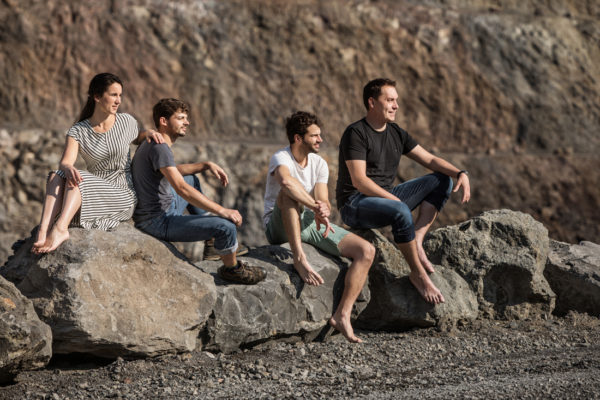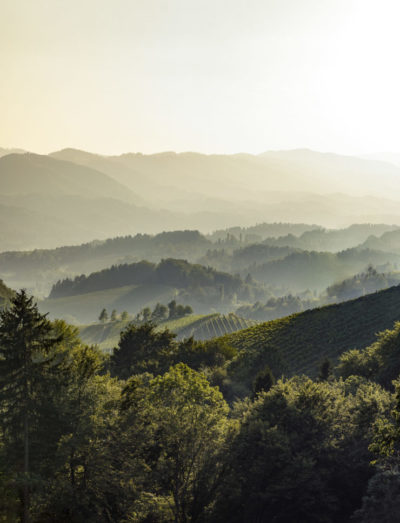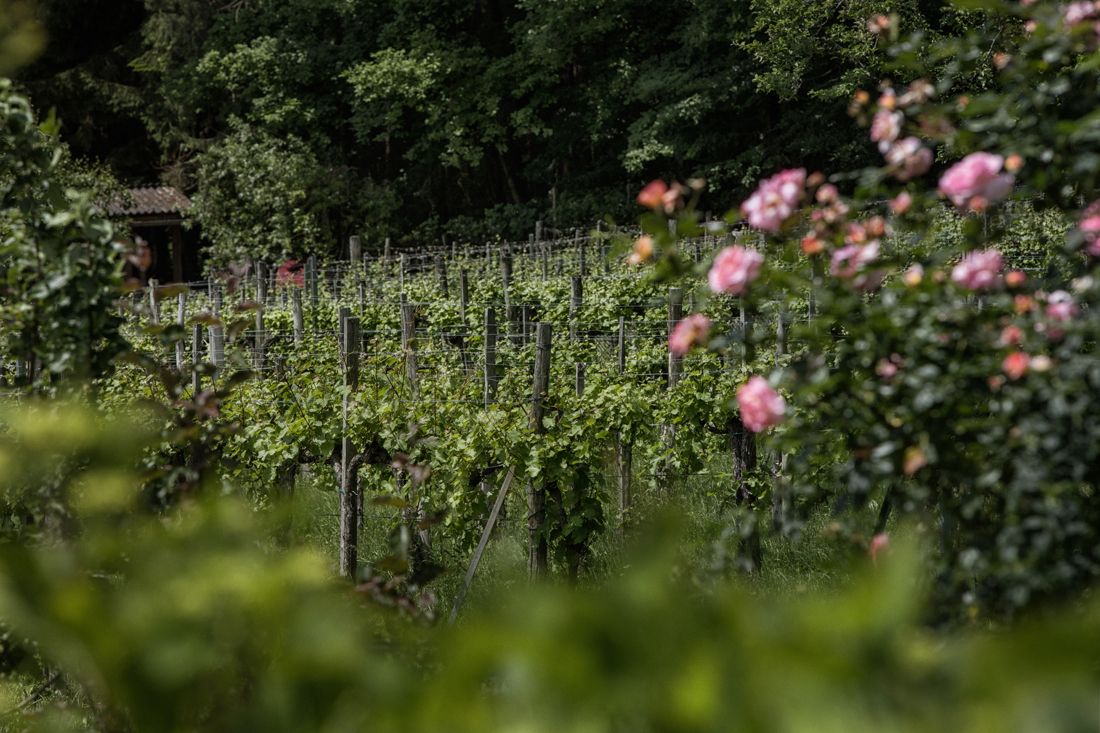


2000 years
of winegrowing
Viticulture in the Steiermark – as well as throughout Europe in general – has its origins in the Roman Empire. They cultivated the vine wherever soils and climate permitted, planting vines, firing amphoras and binding together barrels. However, the Celts were already active with the vine in the Steiermark before the Romans arrived. And they drank, like many cultures at that time, ‘wild’ wine. But the Steiermark also had ‘dark’ centuries, when viticulture fell upon hard times.
With the fall of the Roman Empire, much agrarian technology was lost – agricultural practices including the ways of viticulture were simply forgotten, to be revived only around 800 AD by Emperor Charlemagne and the church. It was the church and its monasteries that expanded winegrowing quite widely in all their spheres of influence. The Little Ice Age, the plague and other epidemics – as well as the accompanying long epoch of many wars – put a rough end to the still young and popular wine culture of the Steiermark.


1784
The Steiermark was the first great white wine region in Europe.
1854
Archduke Johann loved the land & people.
And the people loved him.
Archduke Johann, alias Johann of Austria – a half-Spaniard – came to the Steiermark during the Napoleonic turmoil. And stayed. He loved the land and the people. And they loved him, because Johann was a man with the attitude of ‘live and let live’. Vienna was not his city, so Graz grew into its special role, which it still retains today in Austria.
Johann dealt with many issues and aspects of society very well. He donated an estate for the purposes of research to Styrian viticulture – which then had about 35,000 hectares under vines (at that time the Steiermark included large parts of today’s Slovenia) – which had become a considerable and important economic factor in the region. Here, in 1854, his farmers planted 425 different grape varieties, an to see what results might come of the various sorts of grape juice.
Most of these varieties were quickly forgotten, but Sauvignon Blanc and Morillon (Chardonnay) remained in the region.
1918
The Steiermark never entirely recovered its former expanse of vineyard area after the phylloxera catastrophe; in addition, after the dissolution of the Habsburg monarchy in 1918 it lost more than 30,000 hectares of vineyards to the state of Slovenia in the newly established kingdom of Yugoslavia.
In the 1980s, however, Styrian wine succeeded in achieving extraregional importance and becoming a subject for conversation. This took place thanks to the »Schutzring für Wein aus steirischen Trauben«, founded in 1977, which at the beginning ensured that Styrian winegrowers only produce wine exclusively from Styrian grapes, a regulation subsequently adopted by the Austrian Wine Law. What sounds self-evident today was a rarity in Europe at the time!
